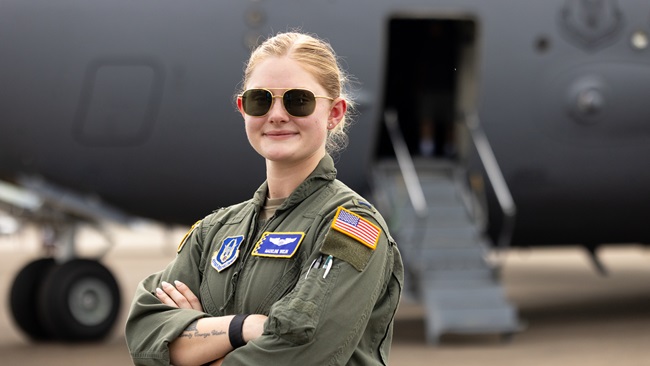William Langewiesche dies at 70
Pilot, award-winning writer mourned
A graduate of Stanford University with a degree in anthropology, Langewiesche was a professional pilot who learned to fly as a boy with his test-pilot father, Wolfgang, who wrote Stick and Rudder: An Explanation of the Art of Flying, widely considered an essential read for aspiring and established pilots.
Langewiesche also wrote extensively about aviation, including a 2009 book, Fly by Wire: The Geese, the Glide, the Miracle on the Hudson, and numerous magazine articles about landmark airline accidents for The Atlantic, Vanity Fair, and The New York Times Magazine. His writing about accident flights including ValuJet 592, Air France 447, EgyptAir 990, and the 2018 and 2019 crashes of Boeing 737 Max jets drew from his substantial experience as a pilot and often stirred controversy. In one well-known example he focused more on technology than pilot heroism when analyzing the success of airline captain Chesley Sullenberger’s ditching of US Airways Flight 1549 in the Hudson River in 2009. Still, pilots often think of his work as required reading.
Langewiesche’s airline transport pilot certificate included ratings for multiengine airplanes, commercial privileges for single-engine airplanes, and private pilot privileges for gliders, according to FAA records.. He worked as a flight instructor and as a corporate pilot to support his early writing career.
His aviation writing often examined relationships between people and technology including advanced automated systems in aircraft. In a particularly haunting 2014 article in Vanity Fair, he painstakingly delved into the 2009 crash of Air France Flight 447 through cockpit recordings and other information gathered during an investigation that spanned more than three years.
At the time there was a lot of discussion in public, in the media, and certainly among pilots about the merits of automation in aviation and questions regarding the possible degradation of basic skills of airline pilots who rarely hand-fly their aircraft and might be overwhelmed by automated systems that do not function as expected.
Langewiesche addressed this topic often, typically concluding that air travel is far safer with automation than without but acknowledging evidence that traditional pilot skills have faded.
“To put it briefly, automation has made it more and more unlikely that ordinary airline pilots will ever have to face a raw crisis in flight—but also more and more unlikely that they will be able to cope with such a crisis if one arises,” he wrote in Vanity Fair.
He never lost his aviator’s persona, though, which made him a standout for pilot readers. He often left hints, as if to assure readers that he appreciated the demands of commanding a flight. In an article about the crash of EgyptAir Flight 990 in 1999, he mentioned that “all airplanes misbehave on occasion, and have to be disciplined.
"‘Kicking the dog,’ I called it in the ornery old cargo crates I flew when I was in college—it was a regular part of survival. In the cockpits of modern jets it is rarely necessary.”




